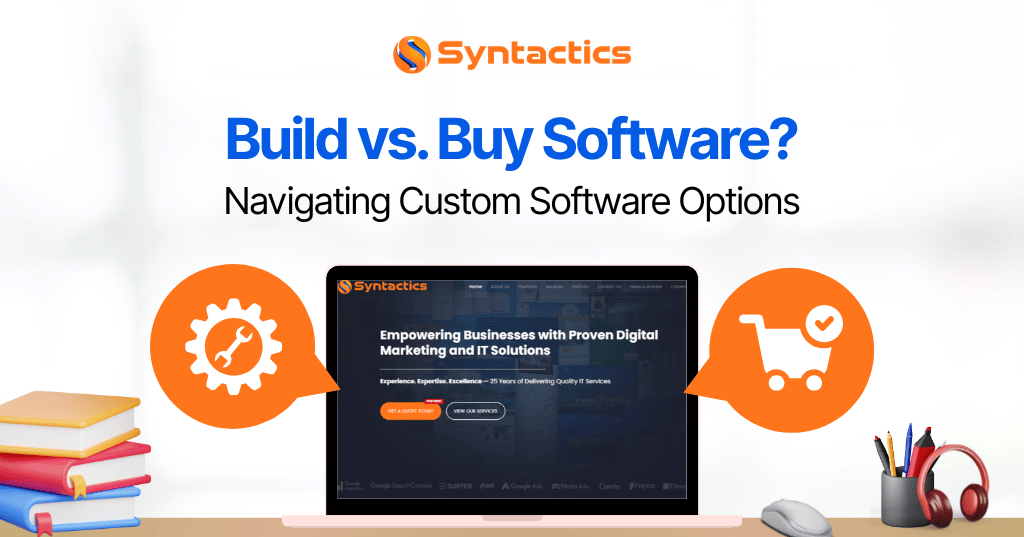
Build vs. Buy Software? Navigating Custom Software Options
Compare build vs. buy software options. Learn when custom, off-the-shelf, or hybrid solutions best support your business goals.
Navigating the decision to build vs. buy software puts many business leaders at a strategic crossroads. It’s an opportunity to align your operations with digital technology, ensuring it supports growth and long-term goals. Regardless of the direction, the choice will ultimately impact efficiency, scalability, and competitive advantage.
To put it into perspective, the global custom software development market is experiencing significant growth. According to Grand View Research, it is estimated to grow from $43.16 billion in 2024 to $146.18 billion by 2030. It’s a clear indicator that more businesses are turning to customized solutions to keep pace with digital innovation and shifting operational demands.
Key Takeaways
- Build vs. buy software is a strategic approach that impacts scalability, cost, and long-term efficiency.
- Building or customizing software offers tailored functionality, control, and adaptability for your unique business needs.
- Off-the-shelf solutions or buying software provide faster deployment and lower upfront costs but may also limit flexibility and scalability.
- A hybrid solution is a combination of off-the-shelf and custom software, balancing speed and customization.
- Evaluate factors like budget, time to market, technical fit, and growth plans before making a choice.
TABLE OF CONTENTS
Build vs Buy Software: What’s the Difference?
When Does Custom Software Development Make Sense
To Build or Not to Build? 6 Factors to Consider
Balancing Your Approach with a Hybrid Solution
FAQs About Buy vs. Custom Software Development
Build vs Buy Software: What’s the Difference?
At its core, the buy vs. build software decision weighs custom-built solutions against ready-made, off-the-shelf software. Each option comes with its own benefits and downsides depending on your business needs, budgets, and timelines.
Building Software
Choosing to build software means developing a custom solution from the ground up. It is designed specifically to meet your operations needs, workflows, and goals.
Key benefits include:
- Customization: Full control over features and design to match exact requirements.
- Scalability: It’s easier to scale and adapt as the business grows.
- Ownership: A complete ownership of the code and intellectual property.
Along with its essential benefits are its downsides, such as:
- Cost: High initial and ongoing development costs.
- Time: Lengthy development cycle that delays time-to-market.
- Maintenance: Requires continuous maintenance, updates, and technical support.
Buying Software
Also called off-the-shelf solution, buying software means purchasing or subscribing to an existing product designed for general use or a broad market.
Among the advantages are:
- Speed: Quick deployment with minimal setup time.
- Cost-Effective: Lower upfront cost and predictable pricing (e.g., subscriptions).
- Support: The vendor provides updates, security patches, and customer support.
Off-the-shelf software also bears disadvantages, such as:
- Limited Customization: This may not fully meet unique business needs.
- Vendor Dependency: Reliance on the vendor for updates, uptime, and feature improvements.
- Long-Term Costs: Subscription fees can accumulate over time, exceeding custom development costs.
Choosing between buy vs. buy software depends on your budget, timeline, technical resources, and long-term strategic goals. Nevertheless, working with experienced custom software developers ensures the solution is aligned with your business objectives.
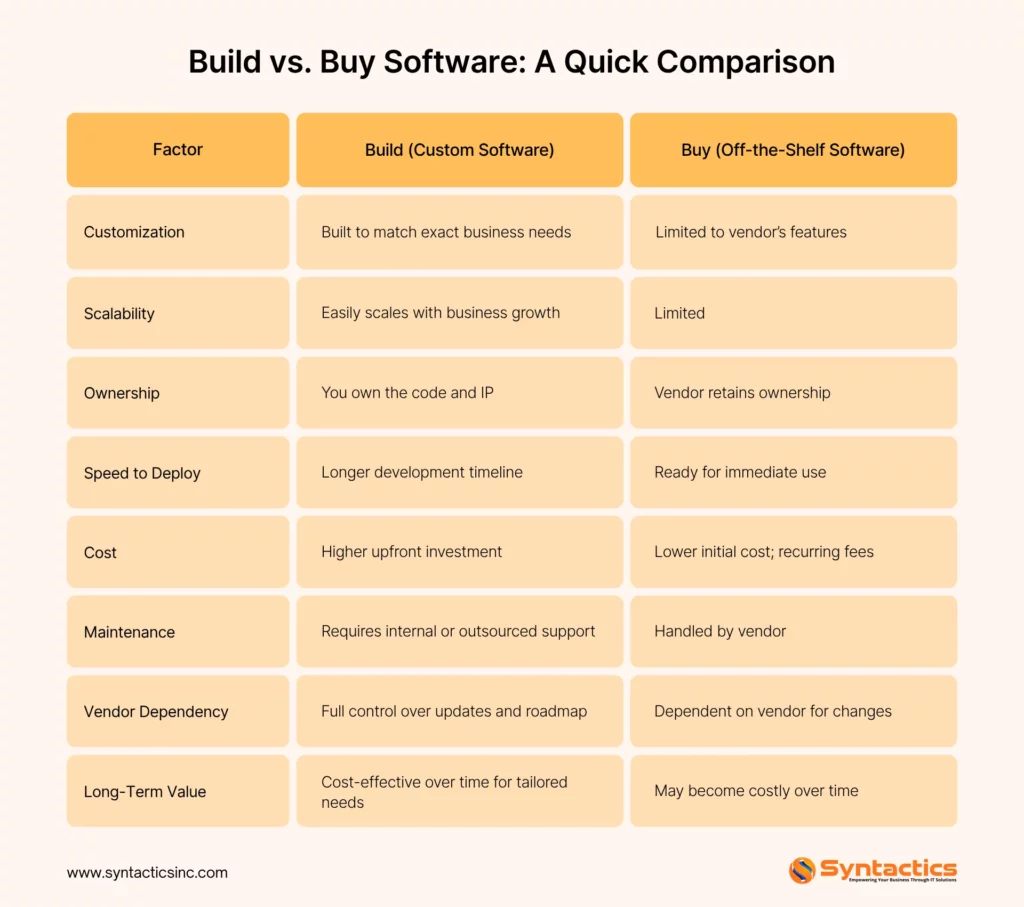
Now that you understand the core differences, let’s explore when investing in custom development is the right move.
When Does Custom Software Development Make Sense
While off-the-shelf software suits many businesses, there are specific scenarios where investing in custom software development becomes the smarter choice. Custom solutions are particularly valuable when a business has unique operational needs that standard software cannot support.
Unique Business Requirements
Custom software development is crucial when a company has highly specific or complex operational needs. It ensures that every feature aligns perfectly with internal processes and business goals. Such precision can significantly improve efficiency and reduce manual work.
Industry-Specific Needs
Industries like healthcare, finance, legal, and manufacturing often require specialized compliance standards (e.g., HIPAA, GDPR, ISO). Custom software can be built to fully comply with these regulations from the ground up, reducing legal risks and audit challenges.
Also, it allows for specialized features tailored to industry-specific tasks, such as patient data management or financial reporting. This ensures both compliance and operational effectiveness.
Scalability and Growth
As businesses grow, their software must evolve to support new users, features, and integrations. Custom-built systems are developed with scalability in mind, allowing companies to add capabilities without overhauling the entire platform. This makes them ideal for startups and growing enterprises planning for long-term growth.
Long-Term Cost Efficiency
Though building custom software requires a larger upfront investment, it often results in significant savings over time. There are no recurring licensing fees, and businesses avoid costly workarounds or frequent vendor changes.
Additionally, owning the software means greater control over maintenance and upgrades, reducing dependency on third-party providers. Over several years, this model often proves more economical than paying for commercial software indefinitely.
Competitive Advantage
Custom software enables businesses to create unique tools that reflect their brand, values, and strategic goals. By automating internal processes and offering innovative customer experiences, companies can stand out in competitive markets. These tailored capabilities are difficult for competitors to replicate, providing a lasting edge.
Ultimately, proprietary software becomes a strategic asset that supports differentiation and long-term success.
Greater Control and Security
With custom software, businesses have full authority over security protocols, access controls, and system architecture. Confidential data can be protected with advanced encryption, user permissions, and secure hosting options tailored to company policies.
Unlike third-party platforms, where updates and vulnerabilities are beyond your control, custom systems allow proactive security management. This makes custom development especially valuable for organizations handling confidential or mission-critical information.
To Build or Not to Build? 6 Factors to Consider
A thoughtful evaluation helps avoid costly mistakes and ensures long-term success. Here are the factors to consider when to buy or build software:
1. Strategic Value
Build if the software is core to your competitive advantage (e.g., proprietary algorithms). Buy for generic functions (e.g., payroll, CRM) where differentiation is irrelevant.
When multiple mature vendors already offer reliable solutions for your exact need, buying avoids unnecessary duplication of effort.
2. Total Cost
Building typically involves high upfront costs but can be more cost-effective over time with no recurring subscription fees.
Buying lowers initial expenses but can become expensive due to annual licensing, user fees, and add-ons—even for just five users.
Building includes yearly maintenance, while buying often leads to extra charges for customizations or training.
3. Time to Market
Buying software allows you to launch quickly, using platforms like Shopify for e-commerce or HubSpot for marketing.
Custom development usually takes 6–12 months or more, including planning, coding, and testing phases.
To speed things up, consider hybrid tools like Quickbase or Retool that let you combine off-the-shelf features with some custom logic.
4. Technical Fit
Build when your workflows are highly specialized, such as in healthcare or finance, where compliance, security, or integration needs are unique.
Buy when compliance and certifications (like SOC 2) are already handled by the vendor, saving you from complex regulatory work.
However, off-the-shelf tools may struggle to integrate with legacy systems or support complex backend processes.
5. Team Capabilities
Building requires access to skilled developers, cloud architects, or AI engineers—roles that are hard to find and retain. However, if internal expertise is lacking, outsourcing can reduce costs while maintaining quality.
Keep in mind that maintaining custom software consumes significant engineering time of a team’s capacity.
On the other hand, buying software minimizes the need for technical expertise as most of them come with vendor support, documentation and customer support.
6. Future Scalability
Build if you anticipate rapid growth or if you need evolving capabilities like AI integration. Buying works well when vendors provide clear product roadmaps and regular feature updates, such as Salesforce or Microsoft.
An innovative hybrid strategy is to start with a purchased solution and later build custom modules as your needs grow and evolve.
Balancing Your Approach with a Hybrid Solution
For many businesses, choosing between building or buying software doesn’t have to be an either-or decision. A hybrid solution offers a balanced approach, blending the reliability of off-the-shelf tools with the flexibility of custom development.
This approach is ideal if you:
- Need a faster launch but still want tailored functionality;
- Want to avoid the high costs of a full custom build, and
- Are looking to enhance or extend an existing system rather than replace it entirely.
Hybrid solutions may involve customizing a commercial platform, integrating third-party tools with your systems, or building custom modules on top of open-source software. This strategy allows you to meet specific business needs while staying within budget and timeline.
With the right custom software development expert, you can create a scalable, cost-efficient system that grows with your business.
Conclusion
Deciding between building or buying software is a strategic approach that shapes your business trajectory. Off-the-shelf solutions excel at speed for common tasks, but when workflows are unique, custom development delivers tailored scalability, competitive edge, and long-term cost control.
For most modern businesses, neither extreme is optimal. Hybrid solutions combine both approaches, accelerating deployment while reserving custom engineering for core differentiators.
Ultimately, success hinges on aligning your choice with business priorities, resources, and growth vision. Partnering with an expert software development company in the Philippines ensures you navigate this complexity effectively.
Whether you build, buy, or blend, transform your software from a tactical tool into a scalable asset that drives measurable outcomes today.

FAQs About Buy vs. Custom Software Development
Is customizing software more expensive?
Not necessarily. While building software has higher upfront costs, it can lead to long-term savings by reducing recurring fees and enhancing operational efficiency. Contact our experts for a free consultation.
How long does custom software development take?
Project timelines vary based on complexity, but mostly it takes 3–12 months from planning to deployment.
What are examples of when to build vs. buy software?
Build for complex workflows, compliance-heavy industries, or when seeking a competitive edge. A perfect example is our custom-built electronic logging device system for fleet management.
Buy for standard operations like email marketing, accounting, or a patient tracking system.


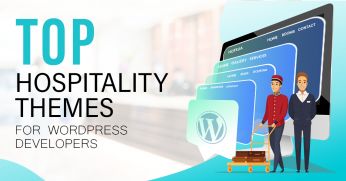
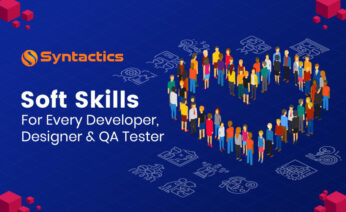
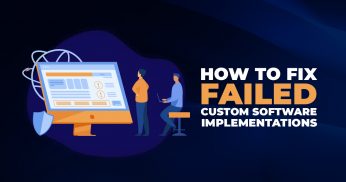
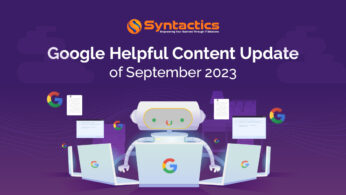
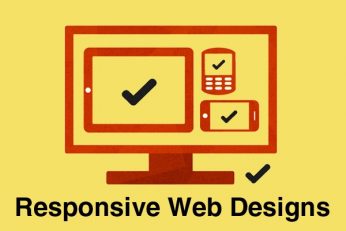


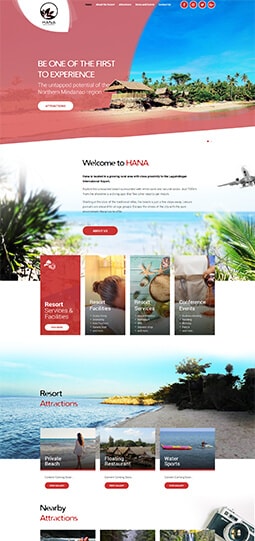

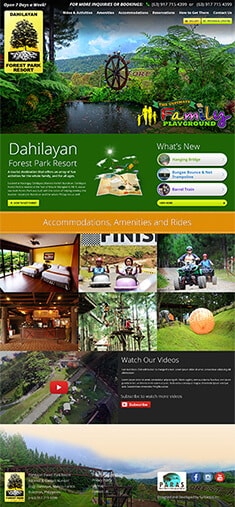
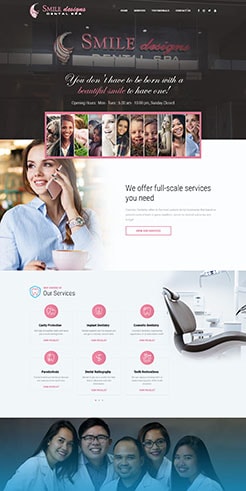


Comment 0